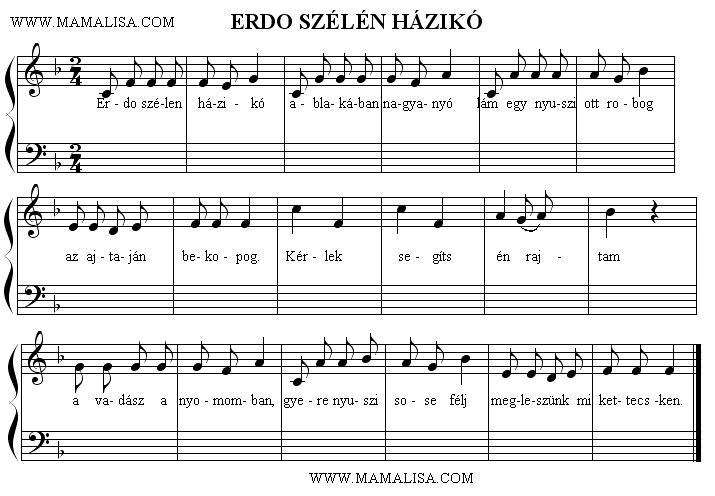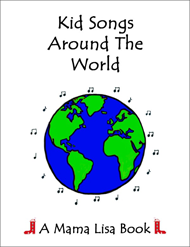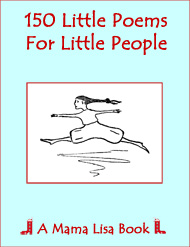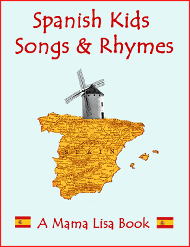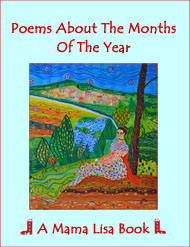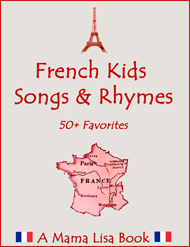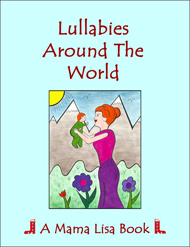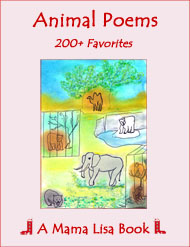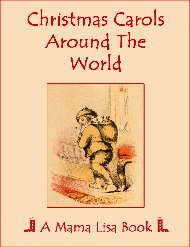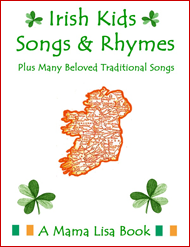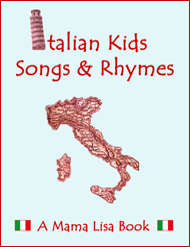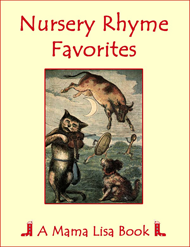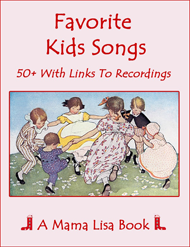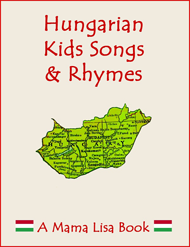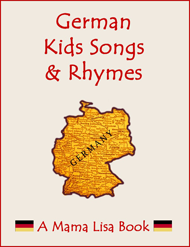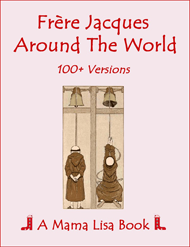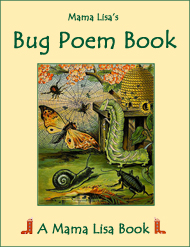Erdő szélén házikó
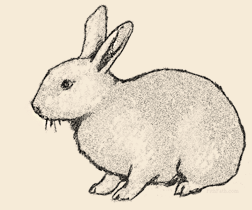
Erdő szélén házikó
In A Cabin, In A Wood
Action Song
Action Song
(Hungarian)
(English)
Erdő szélén házikó,
Ablakában nagyapó*.
Lám egy nyuszi ott robog,
Az ajtaján bekopog.
Kérlek, segíts én rajtam!
A vadász a nyomomban.
Gyere nyuszi, sose félj!
Megleszünk mi kettecskén.
In a cabin, in a wood
Little man by the window stood
Saw a rabbit hopping by
Knocking at his door.
"Help me! Help me! Help me!" he cried,
"Wicked hunter shoot me dead."
Little rabbit come inside,
Safely to abide.
Notes
Here is a literal translation of the song:
At the edge of the forest (there's) a little house,
In its window (there's) the grandpa.
Look, a rabbit is rushing there,
He's knocking on the door.
Please, help me,
The hunter is chasing me.
Come, rabbit, don't be afraid,
We'll get along well together.
Game Instructions
The gestures for "Erdő szélén házikó" are:
Erdő szélén házikó: "Draw" a cabin - fingers together in front of face, draw down and outwards making the top of the cabin. /\
Ablakában Nagyapó: Hand to brow peering around the room.
Lám egy nyuszi ott robog: Two fingers up (rabbit ears) hopping by.
Az ajtaján bekopog: Knock on air door.
Kérlek, segíts én rajtam!: Join hands and press on the one cheek, then the other, twice.
A vadász a nyomomban: Gun hand - hands up pointing around the room.
Gyere nyuszi, sose félj!: Hand gesture beckoning rabbit in.
Megleszünk mi kettecskén.: Clap hands.
Comments
*Zsofia Valentin wrote, "In the lyrics the word 'nagyapó' is rather 'nagyanyó' (so instead of grandfather, rather grandmother). Hungarian traditional songs usually start with a stress, probably because also in our language the stress is always on the first syllable of the words. The rhythm of the line 'Kérlek, segíts énrajtam' is sort of hard to determine, sung more (in a way) adapted to speech."


Thanks!
Thanks!
Thanks and Acknowledgements
Many thanks to Törökné Tenk Dóri for contributing this song and providing the English version. Many thanks also to Zsofia Valentin for contributing the translation, the comments and the melody.
Image by Charles Henry Lane and Rosa Bebb (1903) - edited by Lisa Yannucci.
Köszönöm szépen!




